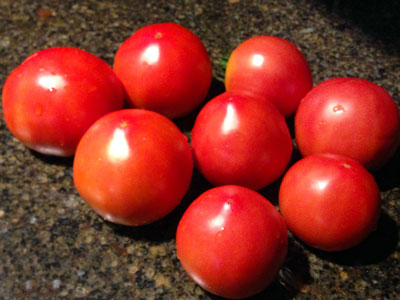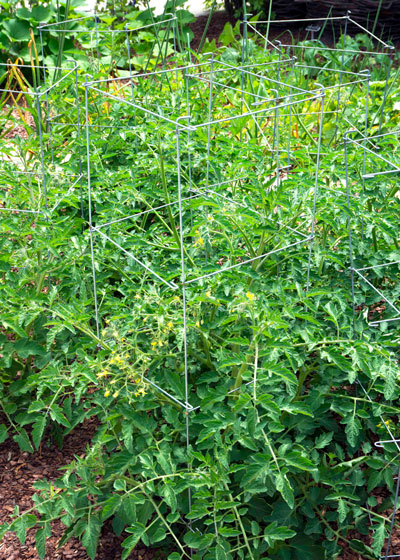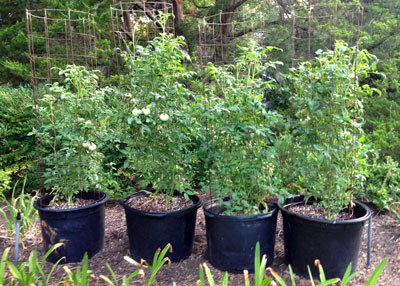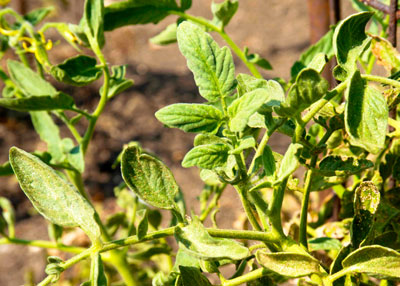Tomato Time Across Texas
If our weather will cooperate a little better than it has the past several weeks, this could be a great year for tomatoes. Here are quick pointers to help you succeed.

• Stick with small and mid-sized types. Avoid the huge varieties like Big Boy, Beefsteak and others. They won’t set fruit when temperatures climb above 90. There’s some type of physiological issue that prevents them from doing so, and that same problem stops fruit set when it’s below 70 degrees at night. You’ll be doing well to get five or six fruit from these types that were bred for the Midwest.
• Best types: Red Cherry, Red or Yellow Pear, Super Sweet 100 and other other super-sweet types, Porter, Roma, Better Boy, Super Fantastic and Celebrity. Look for stout transplants in 4-inch pots. They should be 6 to 8 inches tall, and they need to be toughened to withstand sunlight and wind.
• Set your plants into well-prepared garden soil to which you have added several inches of organic matter (compost, pine bark mulch, rotted manure and sphagnum peat moss, among others). Plant in beds that have been raised by 5 or 6 inches to ensure good drainage should we have extended periods of rainy weather.
• Set the plants out 42 to 48 inches apart in rows that are 60 inches apart. If you have transplants that are slightly leggy, dig a shallow trench for each plant and plant it at a 45-degree angle. It will form adventitious roots along the portion of the stem that you plant below grade. Water the plants as soon as you have them all set out.

• Keep the plants (and fruit) off the ground as they begin to grow. Wire cages work best, hopefully a type that is 4 or 5 feet tall. Anchor each cage on two or three sides to prevent it from toppling over in late spring breezes.

• You can also grow tomatoes in patio pots, as long as they’re large enough to allow normal root growth. In most cases, that will mean 7- or 10-gallon pots, and you’ll want to fill them with a lightweight, highly organic potting soil. Remember that potted tomato plants will dry out much more quickly than their in-ground counterparts, so prepare to water them frequently to prevent a problem known as blossom-end rot.
• Fertilize your plants every couple of weeks with a high-nitrogen, water-soluble plant food to keep them healthy and vigorous.

• Watch for insect and disease problems. Early blight will cause lower leaves to turn yellow in large blotches in late spring. Several weeks later spider mites will also start their damage with the lowest leaves. Both will flush their way upward. Learn to identify each and step to your plants’ rescue immediately.
• Finally, if you have tomatoes that bloom but then fail to set fruit, thump the flowers every couple of days. That will shake the pollen loose. Tomatoes have self-pollinating flowers and there may not be enough natural wind and other vibration to let them set fruit without your help.
